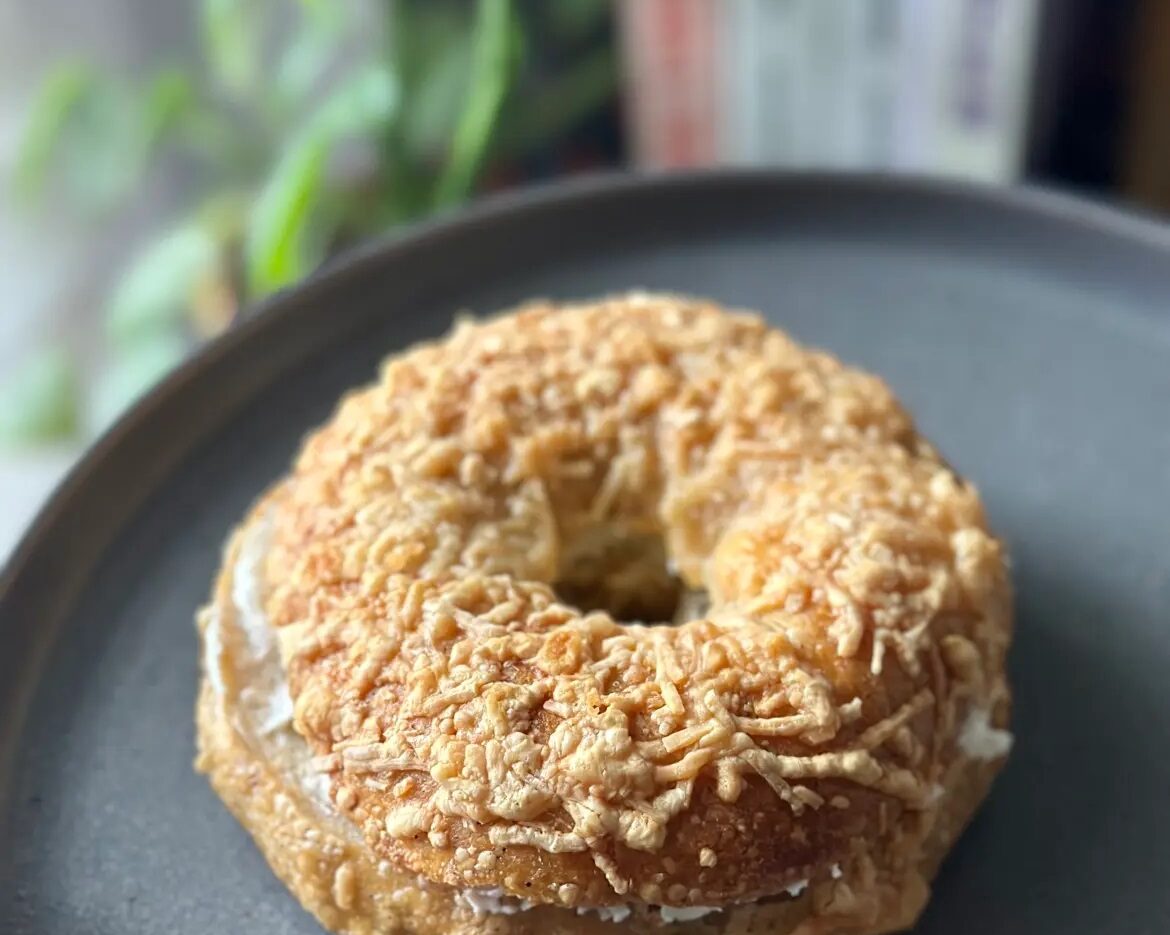BY JILLIAN KRINSKY
In a state where opioid-involved drug overdose deaths have more than quintupled in the last decade, a hero comes to the forefront: Narcan. Naloxone, which is commonly known by Narcan, is an anti-overdose medication that reverses the effects of an overdose. While primarily given through a nasal spray, you can also inject it via muscle or vein.
 There is one Narcan vending machine in South Minneapolis: 3209 E. 38th St. This Narcan vending machine, which was unveiled this past summer by Mayor Jacob Frey, can be a way for those who do not want to call 911 or other services to stop an opioid overdose from happening. But Minneapolis needs to step up… and install more vending machines to ensure all Minnesotans, especially Minneapolis residents, get a second chance after an overdose.
There is one Narcan vending machine in South Minneapolis: 3209 E. 38th St. This Narcan vending machine, which was unveiled this past summer by Mayor Jacob Frey, can be a way for those who do not want to call 911 or other services to stop an opioid overdose from happening. But Minneapolis needs to step up… and install more vending machines to ensure all Minnesotans, especially Minneapolis residents, get a second chance after an overdose.
If you cannot afford Narcan and don’t live near support services or the singular vending machine – how will you get help? Luckily, policy in Minnesota helps contribute to protection from persecution. Minnesota is home to a Good Samaritan Law, which protects someone who administers naloxone and “Calls 911 in good faith from prosecution, even if they are using drugs when the overdose occurs”.
Calling 911 can even let somebody struggling from an overdose get timely medical attention, thus saving their life. However, one vending machine is insufficient in a city/state where the opioid crisis affects communities differently.
Incidence of effects on the opioid crisis (nonfatal overdose, death) is asymmetrical among demographic groups. Native Americans residing in Minnesota are ten times as likely to die from a drug overdose than white Minnesotans. Mille Lacs County, home to the Native Mille Lacs Band of Ojibwe, had the highest drug overdose rate from 2016-2019 at 27.9 people per 100,000 people. This asymmetry is also preserved through racial lines – African American folk are three times more likely to die from a drug overdose than white Minnesotans.
Being an opioid user also carries immense stigma that can be a barrier to mental and physical health care, understanding, and even relationships with friends and family. Ignoring the problem will only make it worse. I strongly believe the more we talk about the extremely high rates of overdose, the more we will be able to prevent a new generation of Americans from suffering at the hands of opioid overdoses. Even if it does not affect you, it could be someone you know.
So why is it that these vending machines haven’t taken off?
People are scared that once you get Narcan, all hope is lost. You won’t recover, and keep utilizing welfare, tax dollars, or police and firefighter resources. Yet putting Narcan in schools in Minnesota has taken off in 2023, and more and more organizations have supported the fight for Narcan. Grassroots organizations and movements such as Students for Sensible Drug Policy (SSDP) and The Steve Rummler HOPE Network know that Narcan is critical for everybody to know about.
When Minnesota benefitted from the $26 billion multi-state lawsuit against opioid companies, there was more money to combat this opioid crisis; harm reduction methods, prevention, and especially Narcan vending machines. More machines combined with these methods are a clear way to support those struggling. With the money Minnesota has gotten, and will continue to get with state initiatives, more free resources should be available to residents.






















